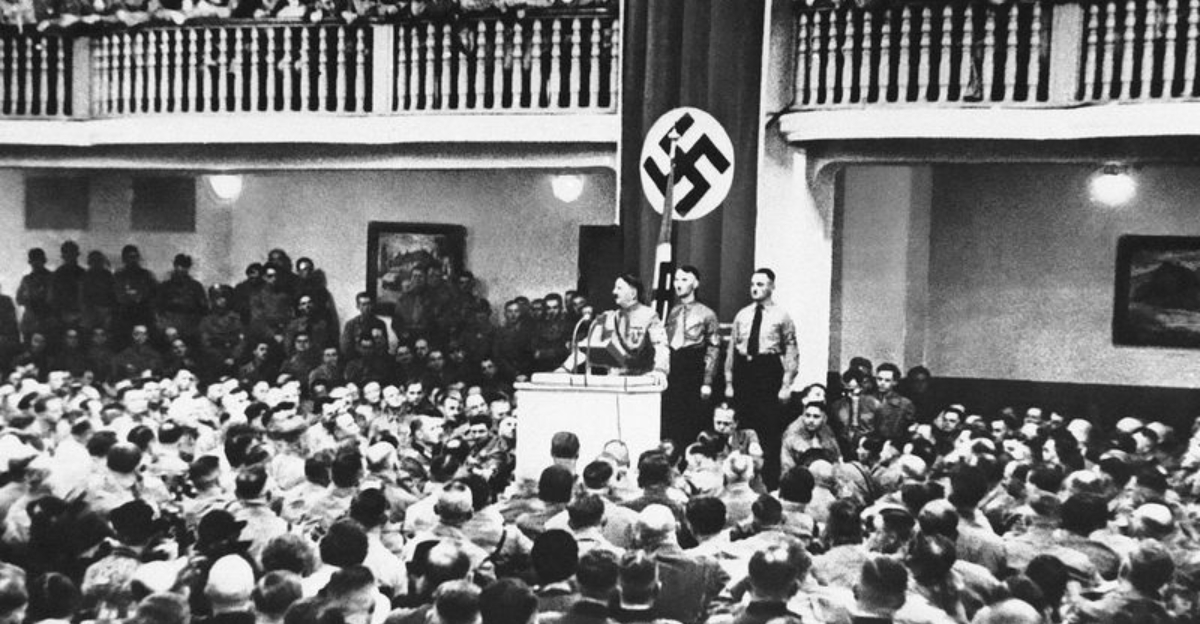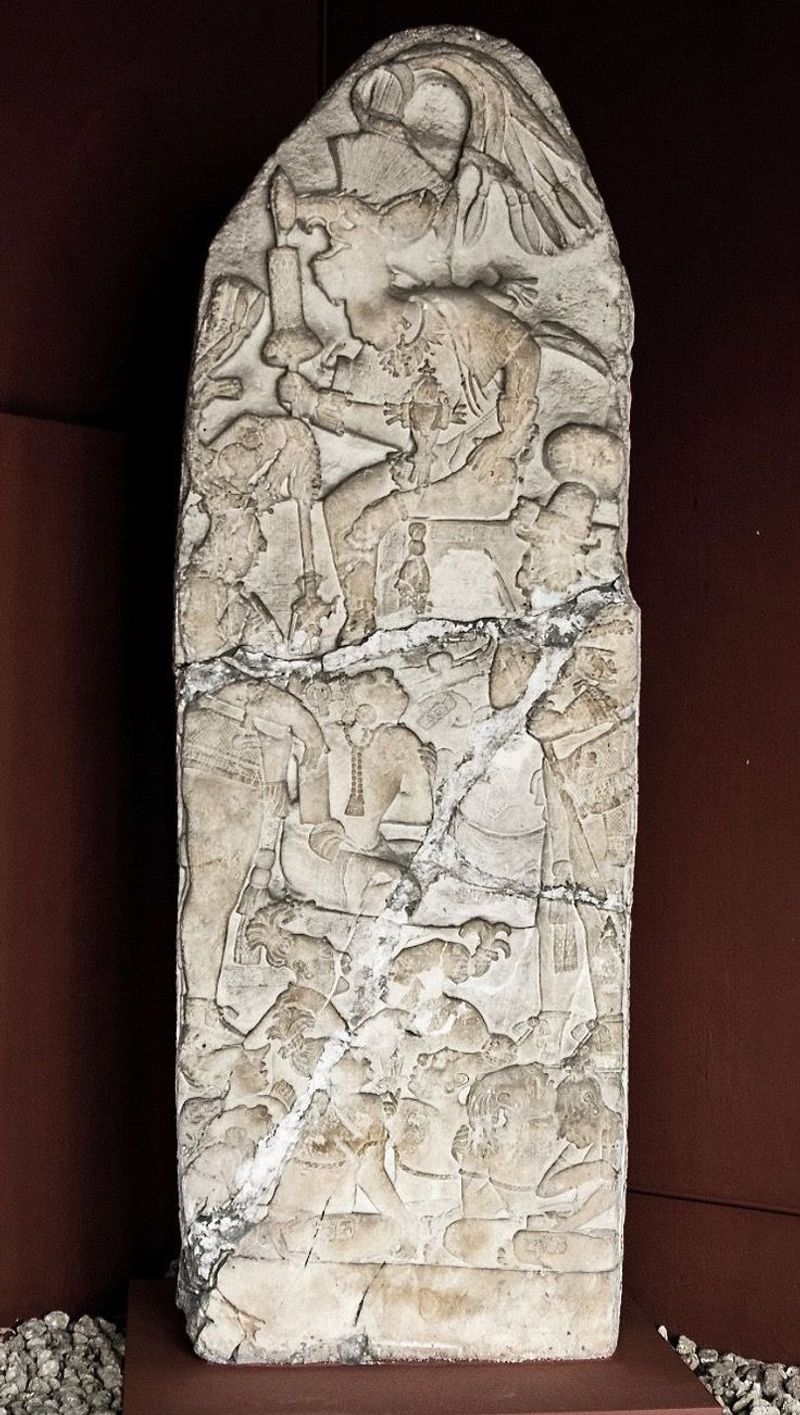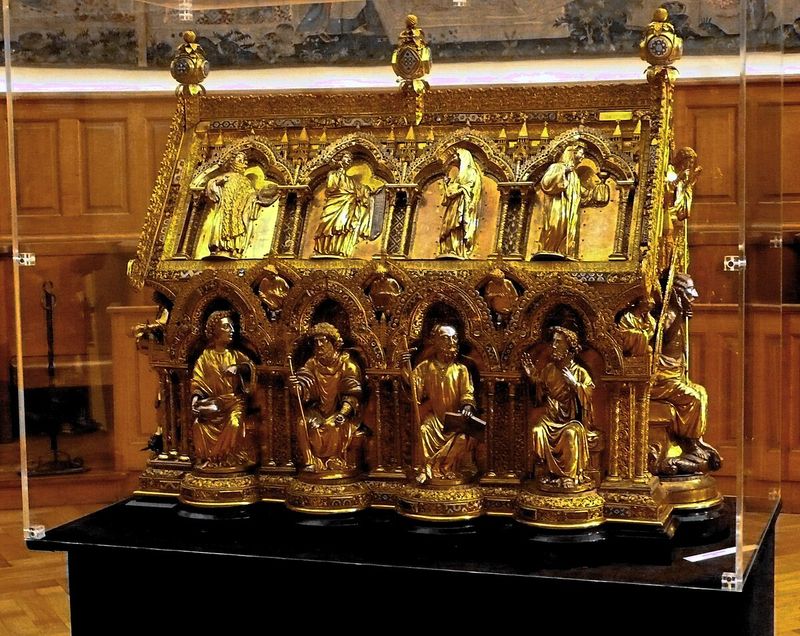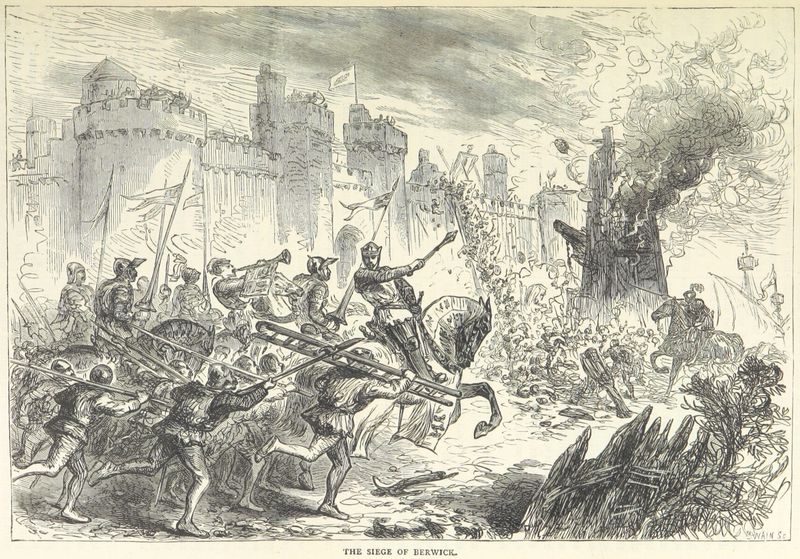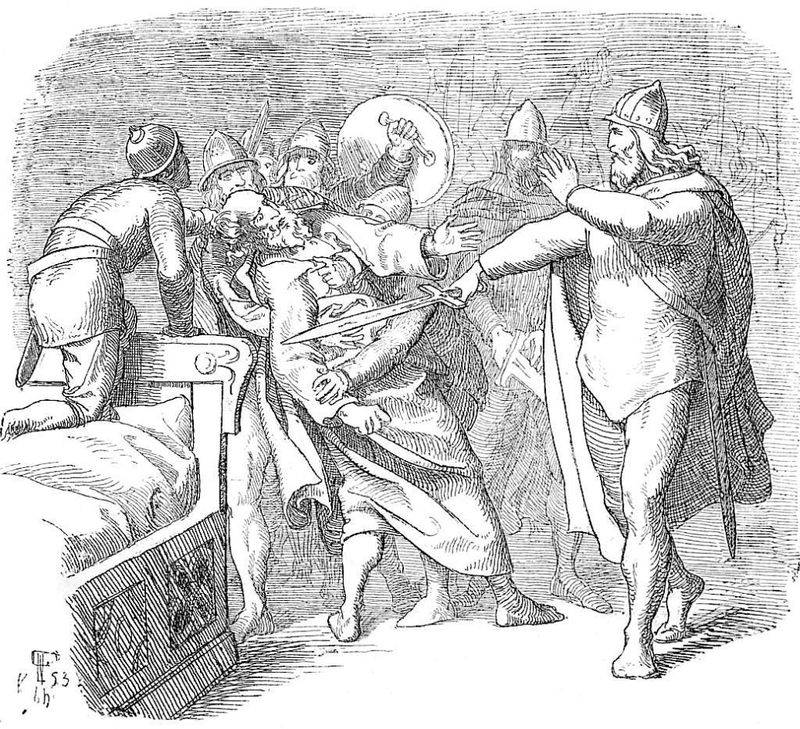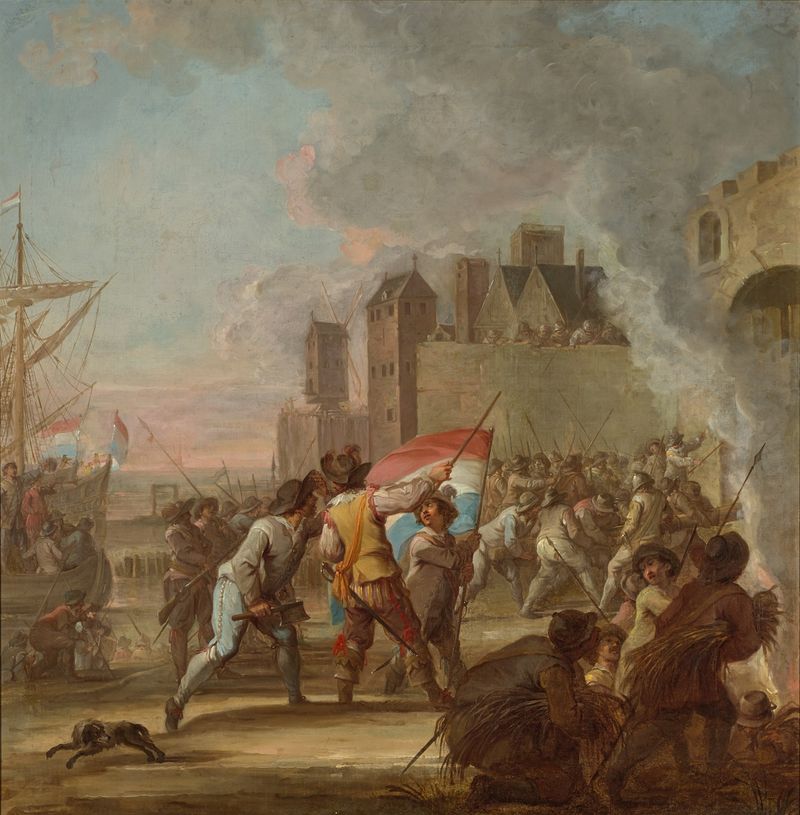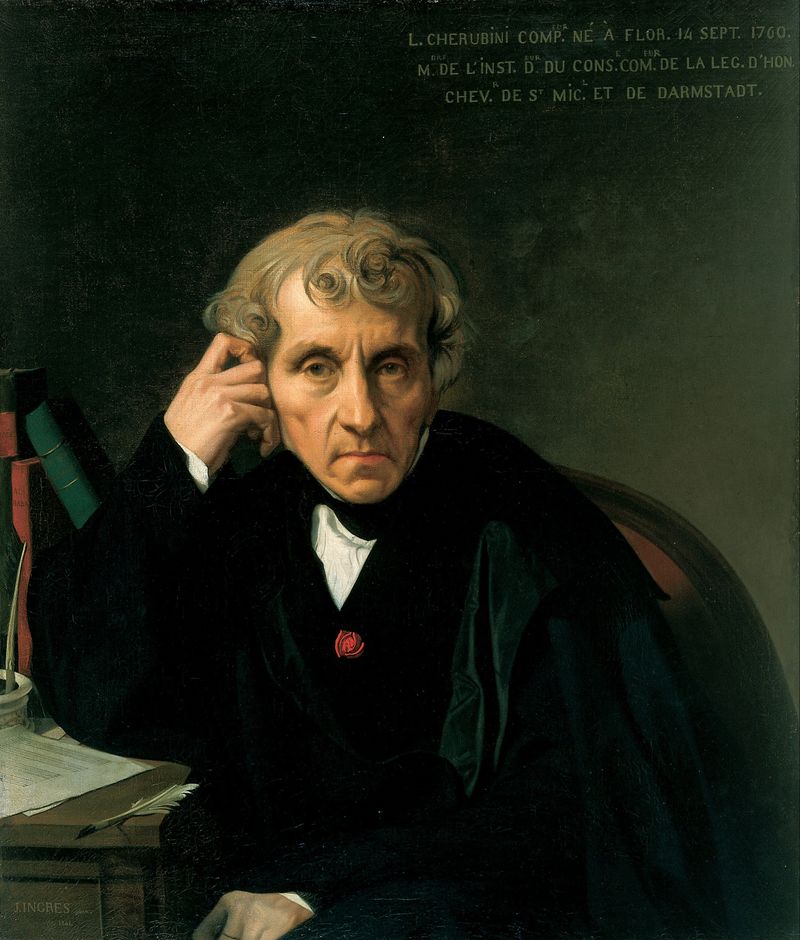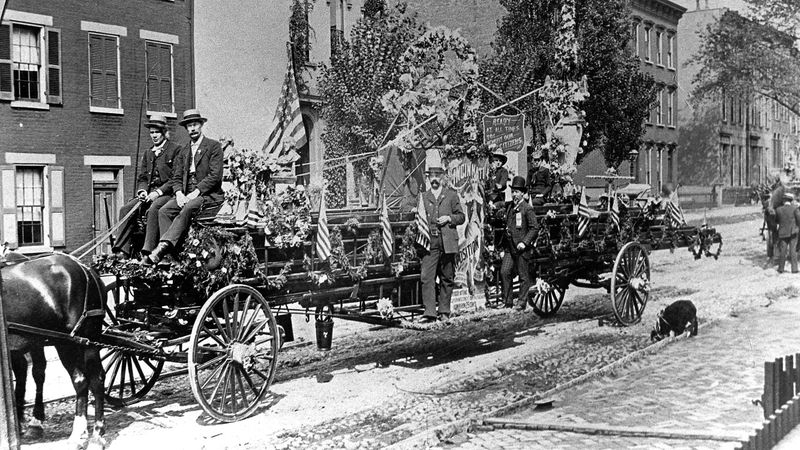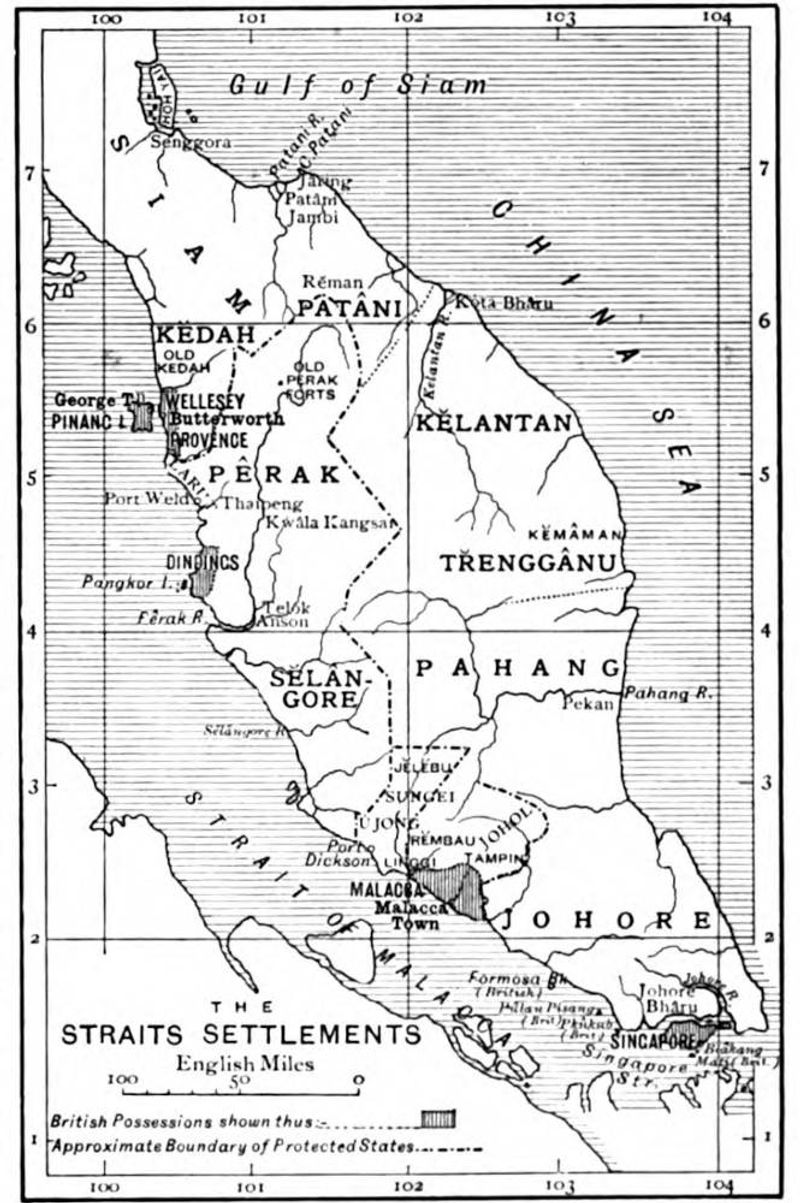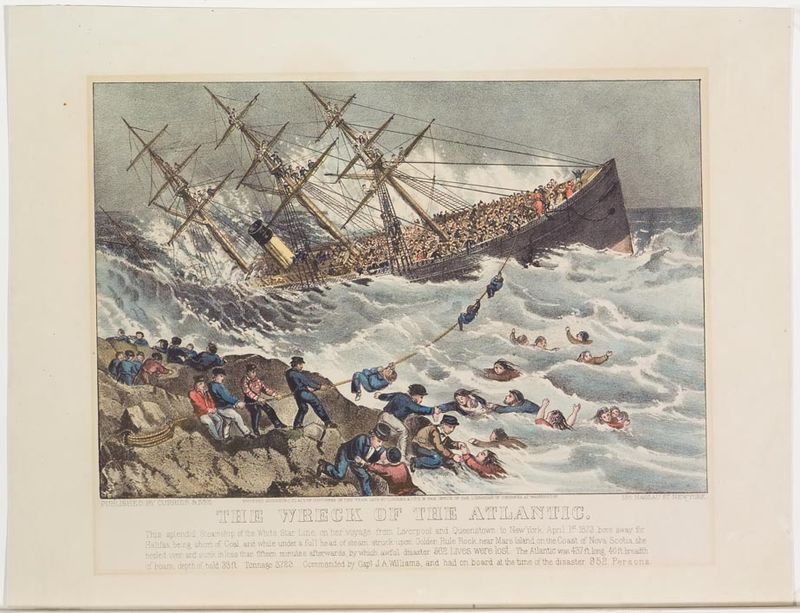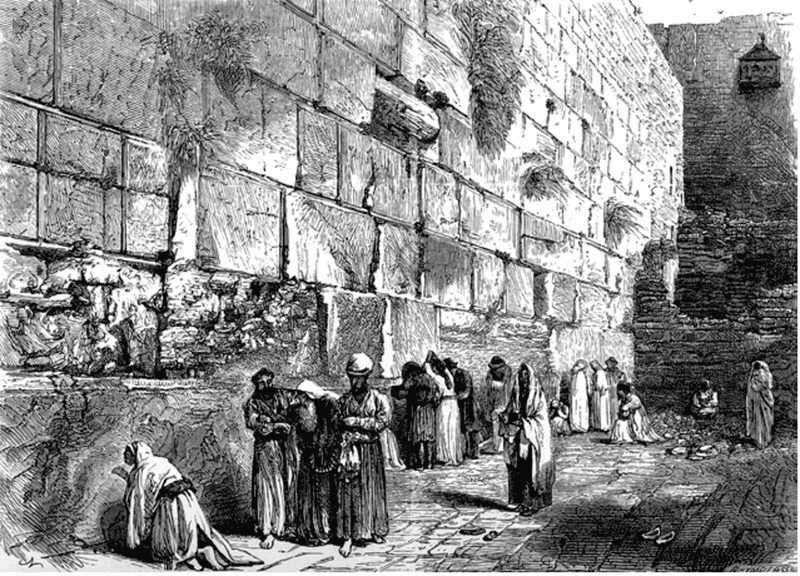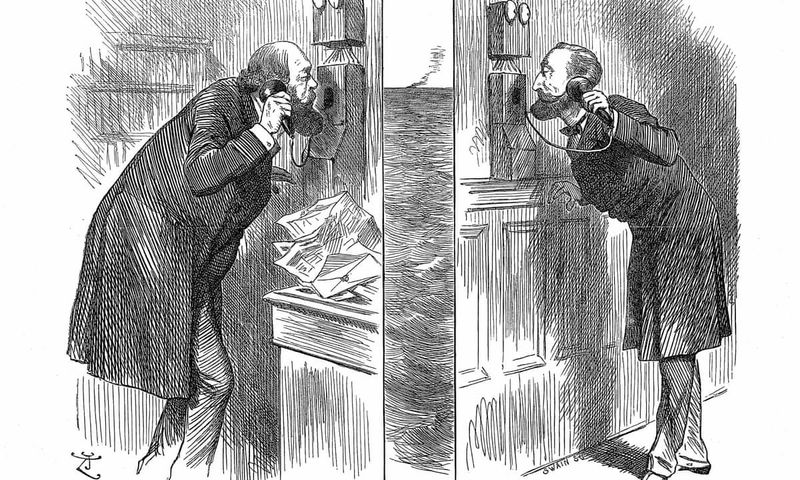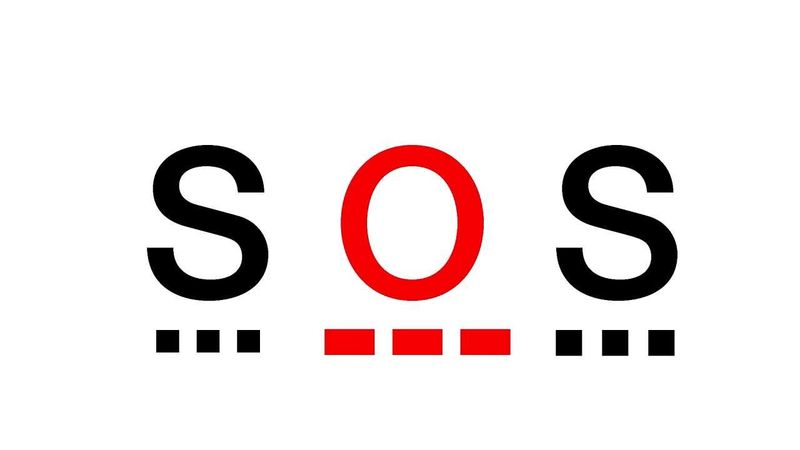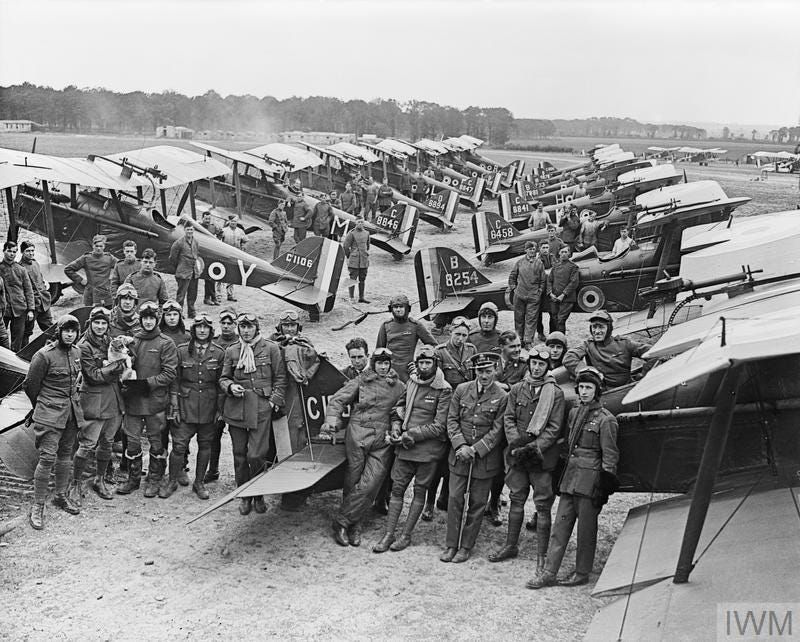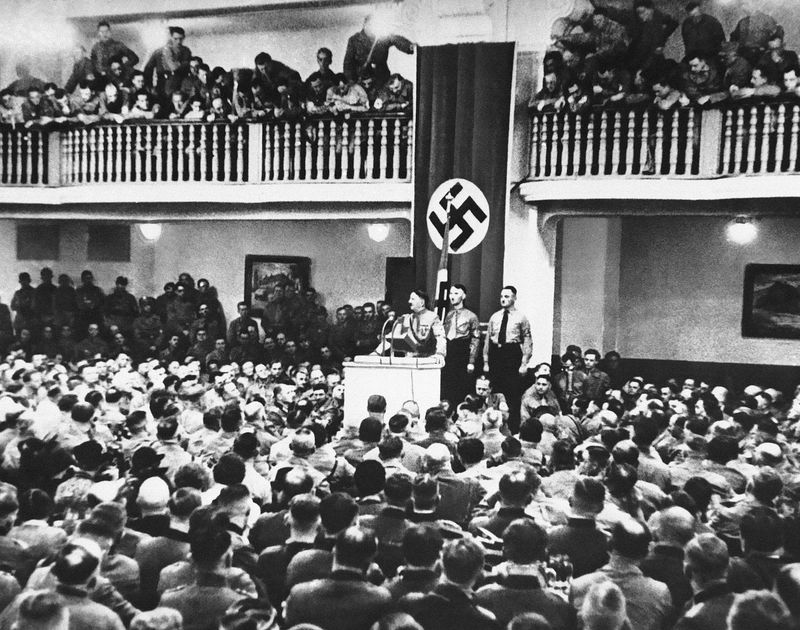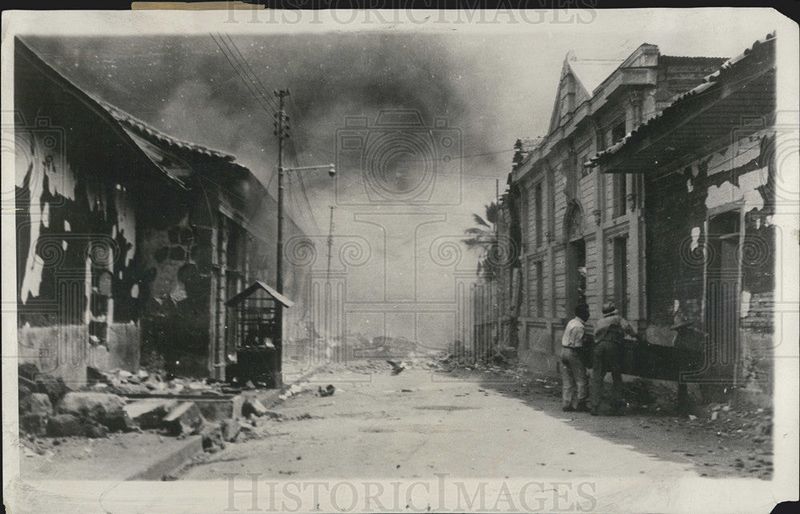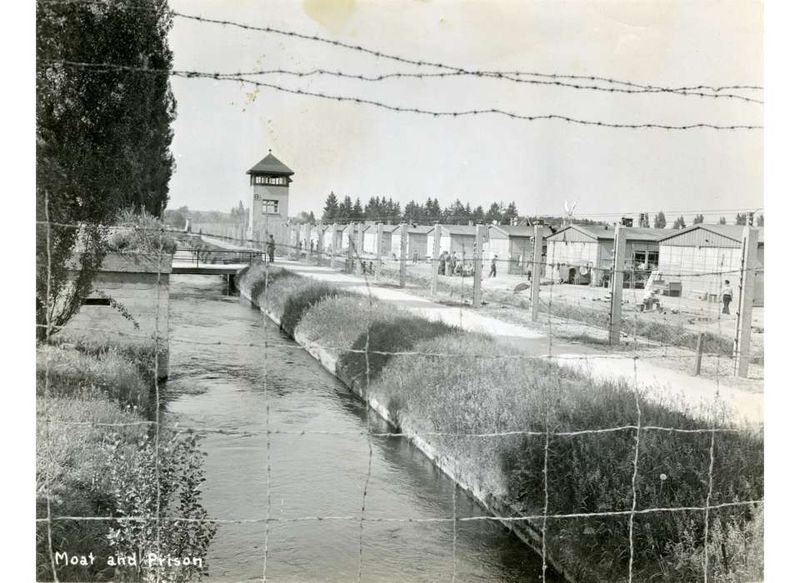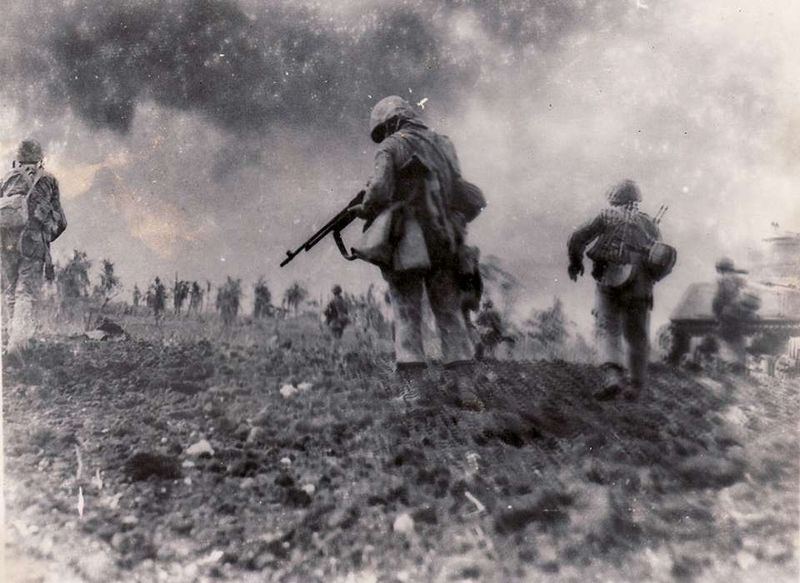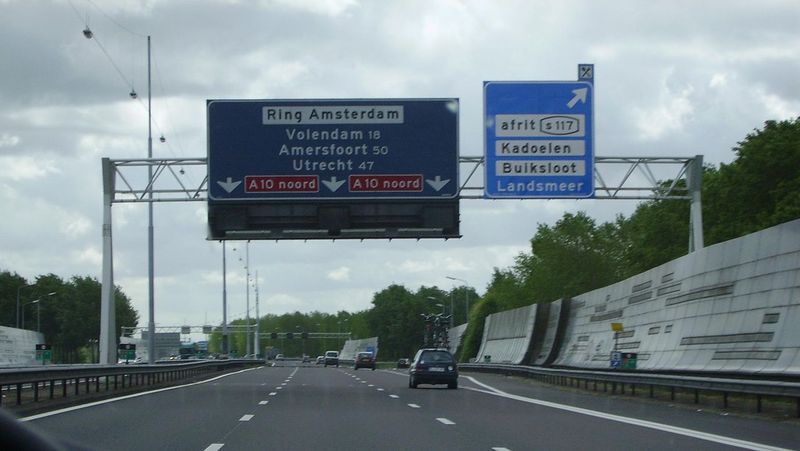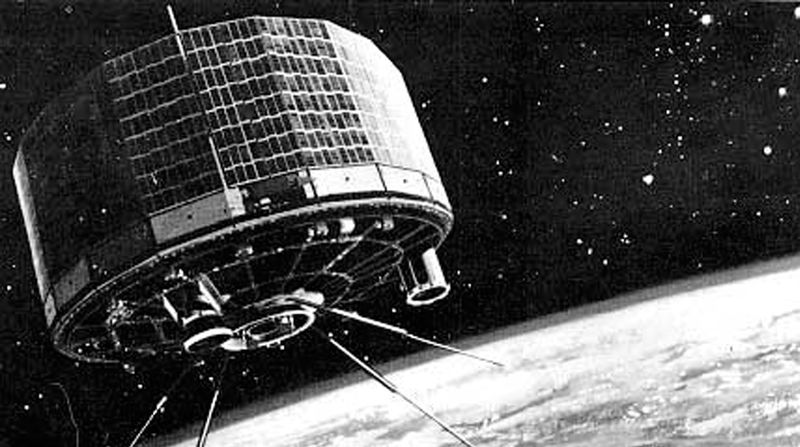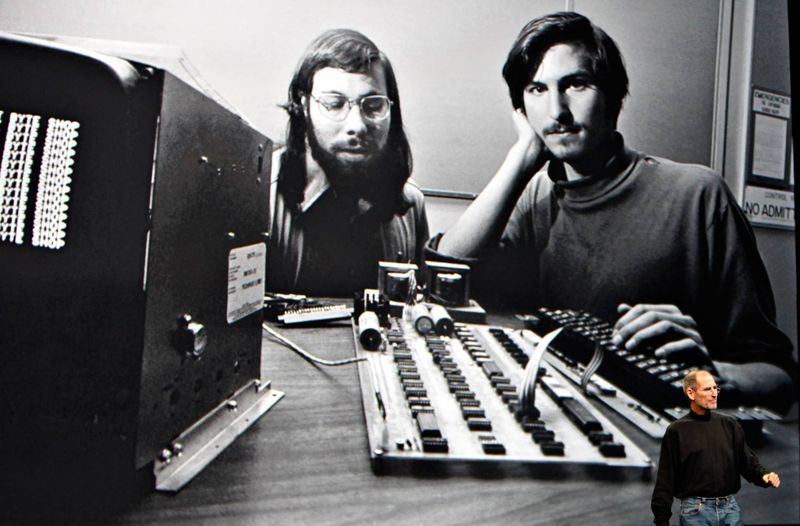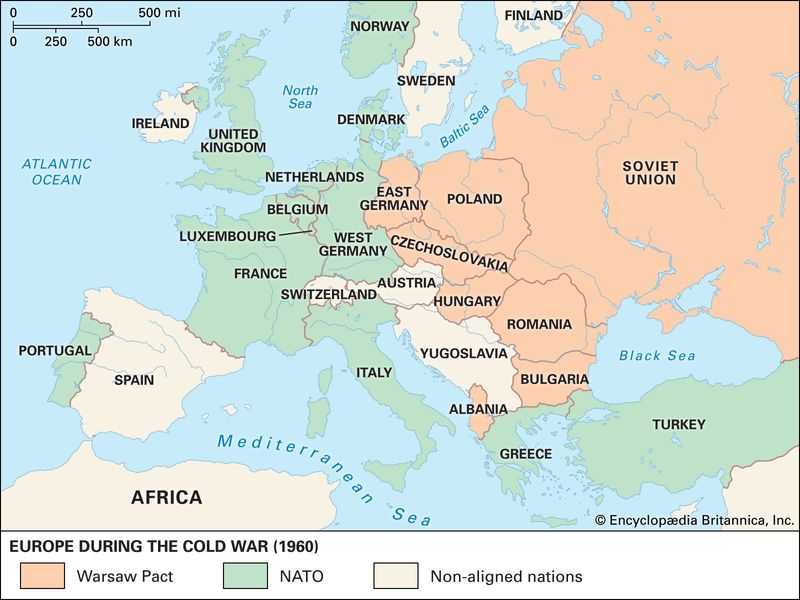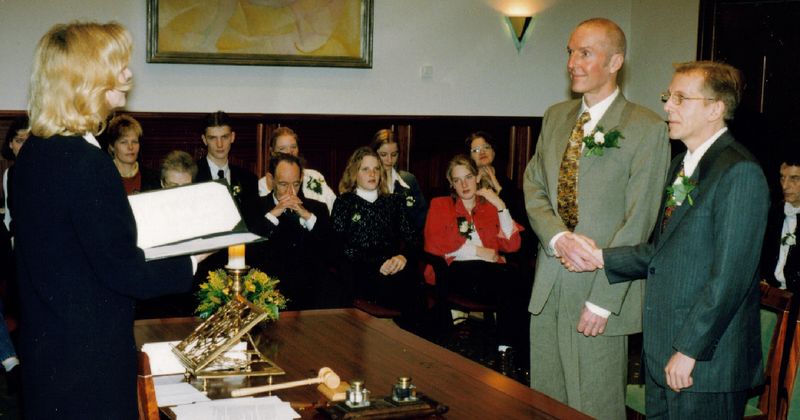April 1st is a date that resonates across history, far beyond its association with pranks. It marks significant events that have shaped civilizations, technology, and cultures.
From ancient times to modern innovations, this day has witnessed milestones that continue to influence our world.
Let’s explore 30 key events that occurred on April 1st, spanning empires, conquests, scientific breakthroughs, and much more.
1. 527 – Byzantine Emperor Justin I names his nephew Justinian I as co-ruler and successor.
In the year 527, Byzantine Emperor Justin I made a pivotal decision by naming his nephew Justinian I as co-ruler and successor. This move would set the stage for Justinian’s future as one of the most renowned emperors of the Byzantine Empire.
Justinian’s reign was marked by ambitious projects, including the codification of Roman law, which laid the groundwork for modern legal systems. His architectural ambitions led to the construction of the Hagia Sophia, a marvel of engineering and art.
This appointment on April 1st was a turning point that influenced the Byzantine Empire’s trajectory and legacy.
2. 705 – Pope John VII is chosen as successor to Pope John VI.
The year 705 saw the election of Pope John VII, chosen to succeed Pope John VI. His papacy, though relatively short, was notable for his dedication to church restoration and art.
John VII is remembered for his focus on improving the Vatican’s architecture and commissioning beautiful mosaics. His commitment to the church’s aesthetic and spiritual enrichment left a lasting impact.
This decision on April 1st highlighted the continuity of papal leadership and the ongoing efforts to preserve and enhance the church’s influence during a time of significant challenges.
3. 792 – The Maya city of Piedras Negras celebrates a military triumph over Pomona.
In 792, the Maya city of Piedras Negras celebrated a significant military victory over the rival city of Pomona. This triumph underscored the strategic and military prowess of Piedras Negras during this period of Maya civilization.
The victory was not just a military achievement but also a cultural and political statement. It reinforced the city’s dominance and influence in the region.
April 1st marked a day of jubilation and reinforced the power dynamics within the Maya world, showcasing the complex interactions and rivalries that characterized this ancient civilization.
4. 1064 – The body of Saint Eleutherius of Tournai is moved (translated) to a new location.
The year 1064 witnessed the translation, or relocation, of the relics of Saint Eleutherius of Tournai to a new resting place. This event was significant in medieval Christian practices, showcasing the reverence for saints and their relics.
Relics were believed to possess spiritual power, and their movement was often a cause for celebration and pilgrimage. For the faithful, this relocation reinforced spiritual connection and devotion.
April 1st became a day of religious significance, highlighting the medieval church’s influence and the role of relics in spiritual life.
5. 1318 – Berwick-upon-Tweed is captured by the Scots from the English.
On April 1st, 1318, the Scottish forces captured Berwick-upon-Tweed from the English, a pivotal event in the ongoing conflicts between Scotland and England. This town, strategically located on the border, was a highly contested prize.
The capture demonstrated Scotland’s resilience and tactical acumen in the face of English dominance. It was a morale booster for the Scots and a significant blow to English territorial ambitions.
This event marked a chapter in the turbulent history of the Anglo-Scottish wars, showcasing the ebb and flow of power between the two nations.
6. 1340 – Danish squire Niels Ebbesen kills German Prince Gerhard III, ending the Danish interregnum.
In 1340, Niels Ebbesen, a Danish squire, committed a bold act by killing German Prince Gerhard III. This assassination marked the end of the Danish interregnum, a period of political instability.
Ebbesen’s action was seen as a heroic deed, celebrated for restoring Danish sovereignty and national pride. His bravery became legendary, inspiring future generations.
April 1st became symbolic of Denmark’s resurgence and determination to reclaim its autonomy, highlighting the complex web of medieval European politics and alliances.
7. 1572 – Watergeuzen capture Brielle from the Spanish, a pivotal event in the Eighty Years’ War.
On April 1st, 1572, the Watergeuzen, or Sea Beggars, captured the town of Brielle from the Spanish, marking a turning point in the Eighty Years’ War. This victory was crucial for the Dutch revolt against Spanish rule.
The capture of Brielle emboldened other Dutch cities to rise against their occupiers, igniting a wave of rebellion that spread across the region. It symbolized the fight for independence and religious freedom.
This event is remembered as a catalyst for change, marking the beginning of a long struggle for sovereignty and self-determination in the Netherlands.
8. 1748 – The ruins of Pompeii are rediscovered by Roque Joaquín de Alcubierre.
In 1748, the ancient city of Pompeii was rediscovered by Roque Joaquín de Alcubierre, sparking a wave of interest in archaeology and ancient history. The city’s preservation, buried under volcanic ash, offered a unique glimpse into Roman life.
The rediscovery helped historians understand daily life in ancient Rome, from architecture to everyday objects. Pompeii became a symbol of the enduring legacy of Roman civilization.
April 1st marked a new era in historical exploration and appreciation, as scholars and enthusiasts alike sought to uncover the mysteries of the past.
9. 1778 – Oliver Pollock creates the “$” symbol in New Orleans.
On April 1st, 1778, Oliver Pollock, a businessman in New Orleans, created the “$” symbol, a hallmark of modern currency. This simple yet profound invention revolutionized how money was represented and transacted.
Pollock’s symbol merged practicality with ingenuity, providing a standardized way to denote currency, which was crucial for trade and commerce.
The introduction of the “$” symbol reflects the evolving economic landscape of the time, highlighting New Orleans’ significance as a hub for trade and innovation in the burgeoning United States.
10. 1822 – Composer Luigi Cherubini becomes director of the Conservatoire de Paris.
In 1822, the renowned composer Luigi Cherubini was appointed as the director of the Conservatoire de Paris, one of the most prestigious music institutions in the world. His leadership marked a period of artistic excellence and innovation.
Cherubini was celebrated for his operatic works and dedication to musical education, influencing generations of musicians and composers.
April 1st was a day of transition and promise for the Conservatoire, as it embraced new directions under Cherubini’s visionary guidance, enhancing its reputation as a cradle of musical brilliance.
11. 1853 – Cincinnati becomes the first U.S. city to employ full-time professional firefighters.
On April 1st, 1853, Cincinnati became the first U.S. city to employ full-time professional firefighters. This groundbreaking move set a precedent for modern firefighting practices across the nation.
The establishment of a professional fire brigade demonstrated the city’s commitment to public safety and innovation. It highlighted the growing importance of organized emergency response.
Cincinnati’s initiative marked a significant step forward in urban development and community protection, inspiring other cities to follow suit and transform firefighting into a respected and essential profession.
12. 1863 – The first wartime conscription law in the U.S. goes into effect.
On April 1st, 1863, amidst the Civil War, the United States enacted its first wartime conscription law. This marked a significant shift in military recruitment practices, reshaping the nation’s armed forces.
The draft law aimed to bolster the Union Army’s ranks, addressing manpower shortages during a critical phase of the war. It also sparked public debate about civic duty and individual rights.
This date signifies a turning point in U.S. history, highlighting the complexities of war and the evolving relationship between state and citizens during tumultuous times.
13. 1867 – Singapore, Penang, and Malacca become British crown colonies.
April 1st, 1867, marked the transformation of Singapore, Penang, and Malacca into British crown colonies. This change formalized British control, integrating these regions more closely into the British Empire.
The shift in governance aimed to enhance administrative efficiency and economic development, reflecting Britain’s imperial ambitions in Southeast Asia.
This transition highlighted the strategic and economic importance of these territories, shaping their future trajectory and cultural landscape under colonial rule, with lasting impacts on their identities and development.
14. 1873 – British steamship Atlantic sinks off Nova Scotia, killing 547 people.
On April 1st, 1873, tragedy struck as the British steamship Atlantic sank off the coast of Nova Scotia. This maritime disaster resulted in the loss of 547 lives, making it one of the deadliest shipwrecks of the time.
sinking highlighted the perils of sea travel during the era and underscored the need for improved safety measures and navigational practices.
This event serves as a somber reminder of the challenges faced by early transatlantic voyages, emphasizing the importance of maritime safety advancements that followed in subsequent years.
15. 1881 – Anti-Jewish riots erupt in Jerusalem.
In 1881, Jerusalem witnessed anti-Jewish riots, a disturbing chapter in its history that reflected the tensions and prejudices of the time. These riots were part of broader patterns of anti-Semitic violence across Europe.
The events underscored the vulnerabilities faced by Jewish communities and highlighted the need for greater protection and dialogue.
April 1st marked a moment of reflection on the challenges of coexistence in a diverse city, prompting efforts toward understanding and reconciliation in a region with deep historical and cultural complexities.
16. 1891 – The London-Paris telephone connection opens.
On April 1st, 1891, a technological milestone was achieved with the opening of the telephone connection between London and Paris. This development marked a significant leap in global communication, linking two major European capitals.
The telephone line symbolized the dawn of a new era, where distance was no longer a barrier to immediate communication. It paved the way for future advancements in telecommunications.
This connection highlighted the growing interconnectivity of the world, fostering international dialogue and cooperation in an increasingly interconnected age.
17. 1905 – “SOS” is adopted as the official distress signal by the German government.
In 1905, the German government officially adopted “SOS” as the international maritime distress signal, standardizing emergency communications at sea. This decision marked a crucial step in ensuring safety for seafarers.
The simplicity and clarity of “SOS” made it universally recognizable, enhancing coordination during rescue operations. It became a lifeline for ships in distress.
April 1st symbolizes a commitment to maritime safety and international cooperation, reflecting the growing importance of standardized communication in the modern world.
18. 1918 – The Royal Air Force (RAF) is established in the United Kingdom.
April 1st, 1918, marks the birth of the Royal Air Force (RAF) in the United Kingdom, a pivotal moment in military aviation history. The RAF emerged from the amalgamation of the Royal Flying Corps and the Royal Naval Air Service.
This establishment signaled the strategic importance of air power in modern warfare, setting the stage for future developments in air combat.
The RAF’s formation highlighted the evolving nature of military strategy and the essential role of innovation and technology in maintaining national security and defense capabilities.
19. 1924 – Adolf Hitler is sentenced to 5 years in prison for the Beer Hall Putsch.
On April 1st, 1924, Adolf Hitler was sentenced to five years in prison for his role in the Beer Hall Putsch, an attempted coup in Munich. This pivotal moment in German history marked a turning point in Hitler’s political career.
While imprisoned, Hitler penned “Mein Kampf,” outlining his ideology and ambitions. His early release after serving just nine months allowed him to rebuild his political movement.
This event underscores the volatile political climate of post-World War I Germany, setting the stage for future upheaval and the rise of the Nazi regime.
20. 1931 – A devastating earthquake hits Managua, Nicaragua, killing around 2,000 people.
April 1st, 1931, Managua, Nicaragua, was struck by a devastating earthquake, leaving approximately 2,000 people dead and causing widespread destruction. The disaster highlighted the city’s vulnerability to natural calamities.
The earthquake prompted international aid and relief efforts, emphasizing the importance of disaster preparedness and response.
This tragic event serves as a reminder of nature’s unpredictability and the need for resilience and robust infrastructure to mitigate the impact of such catastrophes on communities.
21. 1933 – Nazi Germany opens its first concentration camp at Dachau.
On April 1st, 1933, Nazi Germany opened its first concentration camp at Dachau, a chilling precursor to the atrocities that would follow during the Holocaust. This camp became a model for subsequent camps.
Dachau was initially intended for political prisoners, serving as a tool of repression and control by the Nazi regime.
The establishment of Dachau marked a dark chapter in history, underscoring the regime’s brutal policies and the beginning of systematic persecution, serving as a stark reminder of the need for vigilance against tyranny.
22. 1945 – Battle of Okinawa begins, one of the bloodiest battles of World War II.
April 1st, 1945, witnessed the start of the Battle of Okinawa, a pivotal and bloody conflict in the Pacific theater of World War II. This battle was characterized by fierce combat and significant casualties on both sides.
The battle’s outcome was crucial in undermining Japanese defenses and paving the way for the Allied victory in the Pacific.
This date serves as a reminder of the immense sacrifices made during World War II and the strategic importance of Okinawa in the broader context of the war’s final stages.
23. 1948 – The “Big Bang” theory is first proposed in a scientific journal by Alpher, Bethe, and Gamow.
On April 1st, 1948, the “Big Bang” theory was proposed in a scientific journal by Alpher, Bethe, and Gamow. This groundbreaking theory offered a new understanding of the universe’s origins.
The theory suggested that the universe began as a singularity, rapidly expanding to form everything we observe today. It challenged existing cosmological models.
This proposal marked a turning point in astrophysics, fostering further exploration into the universe’s mysteries and inspiring generations of scientists in their quest to comprehend cosmic phenomena.
24. 1954 – The first Dutch motorway, Amsterdam–Utrecht, opens.
On April 1st, 1954, the Netherlands celebrated the opening of its first motorway, connecting Amsterdam and Utrecht. This infrastructure milestone symbolized post-war progress and modernization.
The motorway facilitated faster travel and economic connectivity, paving the way for further development of the Dutch transport network.
This event marked a significant step in the nation’s efforts to enhance mobility and economic growth, reflecting the broader trends of industrialization and urbanization in Europe during the mid-20th century.
25. 1960 – TIROS-1, the first weather satellite, is launched by the U.S.
On April 1st, 1960, the United States launched TIROS-1, the world’s first weather satellite. This marked a significant advancement in meteorology, providing unprecedented insights into weather patterns.
TIROS-1’s success demonstrated the potential of space technology in enhancing weather forecasting and climate research.
This milestone paved the way for the development of more sophisticated satellites, revolutionizing our understanding of Earth’s atmosphere and weather systems, and highlighting the importance of technological innovation in environmental science.
26. 1964 – Military coup in Brazil ousts President João Goulart.
April 1st, 1964, marked a turning point in Brazilian history as a military coup ousted President João Goulart. This event initiated a period of military dictatorship that lasted for two decades.
The coup was driven by political and economic tensions, reflecting Cold War influences and domestic instability.
This date signifies a moment of upheaval, highlighting the fragile nature of democratic institutions and the impacts of authoritarian rule on Brazilian society, as well as the broader geopolitical dynamics of the 20th century.
27. 1976 – Apple Computer is founded by Steve Jobs and Steve Wozniak.
On April 1st, 1976, Apple Computer was founded by Steve Jobs and Steve Wozniak, marking the beginning of a technological revolution. Their vision and innovation redefined personal computing and technology.
Apple’s founding symbolized the rise of Silicon Valley as a hub of innovation, transforming how people interact with technology.
This event laid the foundation for groundbreaking products and a brand synonymous with creativity and design excellence, influencing the tech industry’s trajectory and our daily lives.
28. 1991 – The Warsaw Pact officially dissolves.
April 1st, 1991, marked the official dissolution of the Warsaw Pact, ending decades of military alignment among Eastern Bloc countries. This event symbolized the decline of Soviet influence and the end of the Cold War.
The dissolution reflected shifting political landscapes and the desire for independence in former Soviet states.
This moment underscores the dramatic changes in global politics, highlighting the transition from Cold War tensions to a new era of international relations and cooperation.
29. 2001 – The Netherlands becomes the first country to legalize same-sex marriage.
On April 1st, 2001, the Netherlands made history by becoming the first country to legalize same-sex marriage. This landmark decision represented a significant step forward in the fight for LGBTQ+ rights and equality.
legalization underscored the country’s commitment to inclusivity and human rights, setting a precedent for other nations.
This event marked a pivotal moment in the global movement for marriage equality, reflecting societal progress and the ongoing struggle for acceptance and equal rights for all individuals, regardless of sexual orientation.
30. 2004 – Google launches Gmail, initially met with skepticism due to the April 1st launch date.
April 1st, 2004, Google launched Gmail, introducing a new approach to email with its innovative features and ample storage. Despite initial skepticism due to the launch date, Gmail quickly gained popularity.
Gmail’s user-friendly interface and integration with Google services set a new standard for email platforms, influencing communication trends.
This launch marked a significant moment in digital communication history, showcasing Google’s innovative spirit and contributing to the evolution of online services that shape our daily interactions and information management today.
